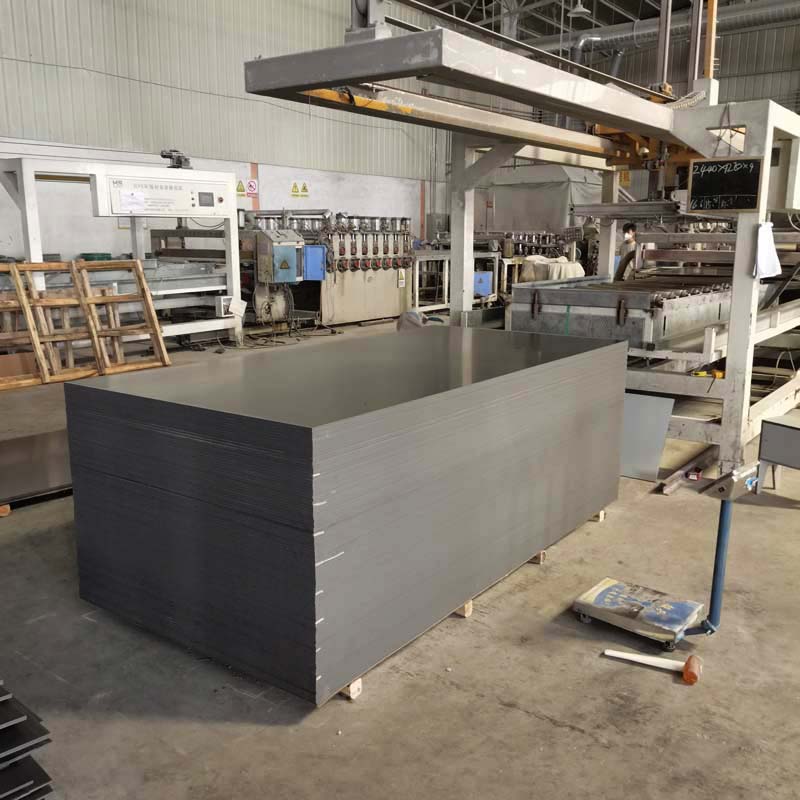Wood veneer sheets are thin slices of wood that are used to cover or decorate various surfaces, such as furniture, cabinets, doors, and walls. They are made by slicing a log or a piece of wood into thin sheets, which are then glued onto a substrate or backing material such as MDF (medium-density fiberboard), plywood, or particleboard. Veneer sheets are a popular choice for interior designers, architects, and furniture makers because they offer the beauty and warmth of wood at a fraction of the cost of solid wood.
One of the newest and most exciting developments in the world of wood veneer sheets is the emergence of paper-thin wood veneer sheets. These ultra-thin veneers are made by slicing the wood into sheets that are only a few millimeters thick, rather than the traditional 0.6mm or 0.9mm thickness. Despite their thinness, paper-thin veneers offer a number of advantages over traditional veneers, including greater flexibility, increased durability, and improved sustainability.
One of the major benefits of paper-thin veneers is their flexibility. Because they are so thin, they can be bent and curved without cracking or breaking. This makes them ideal for use on curved or irregular surfaces, such as columns, arches, and curved doors. Traditional veneers can also be bent, but they usually require soaking in water or applying heat to make them pliable, which can be time-consuming and messy. Paper-thin veneers, on the other hand, are ready to use right out of the box.
Another advantage of paper-thin veneers is their increased durability. Because they are so thin, they are less likely to crack or split than traditional veneers, which can be prone to cracking if they are not properly handled or installed. Paper-thin veneers are also less likely to warp or twist, which can be a problem with thicker veneers. This means that they are a more stable and long-lasting option for furniture makers and other woodworkers.
Paper-thin veneers are also more sustainable than traditional veneers. Because they are so thin, they require less wood to produce, which means that fewer trees need to be cut down. They also generate less waste, as there is less wood left over after the veneers are sliced. In addition, paper-thin veneers can be made from a wider variety of wood species, including some that are not traditionally used for veneers, which helps to diversify the supply chain and reduce pressure on overharvested or endangered species.

Despite their many benefits, paper-thin veneers are still relatively new to the market, and there are some challenges that need to be addressed. One of the main challenges is ensuring that the veneers are strong enough to withstand the stresses of use and installation. This requires careful selection of the wood species, as well as the proper adhesives and backing materials.
Another challenge is ensuring that the veneers are consistent in color and grain pattern. Because they are so thin, even slight variations in the wood can be noticeable, which can detract from the overall appearance of the finished product. This requires careful sorting and matching of the veneers to ensure that they are uniform in texture and appearance.
Despite these challenges, paper-thin veneers are an exciting development in the world of wood veneers, offering greater flexibility, increased durability, and improved sustainability. Whether you are a furniture maker, designer, or architect, paper-thin veneers are a versatile and beautiful option for adding the warmth and beauty of wood to any project.
Previous: Exquisite and Authentic Natural Wood Veneer Sheets for a Touch of Natural Elegance
Next: Exquisite Thin Wood Veneer Sheets for Elegant Woodworking Projects

PVC foam board (wbt09)
product description PVC foam board is also called Chevron board or Andy board, its chemical composition is polyvinyl chloride, so it is also called foamed polyvinyl chloride board. It is widely used in passenger cars, train car roofs, box core layers...

PVC foam board (wbt04)
1.product description PVC foam board is also called Chevron board or Andy board, its chemical composition is polyvinyl chloride, so it is also called foamed polyvinyl chloride board. It is widely used in passenger cars, train car roofs, box core laye...

Wood veneer (wbt260)
product description: It is mainly composed of two parts: substrate and surface film. The main component of the substrate is polymer material, the surface film is divided into PVC film and PP film, and the surface is covered with wood grain. When maki...

Wood veneer (wbt250)
product description: It is mainly composed of two parts: substrate and surface film. The main component of the substrate is polymer material, the surface film is divided into PVC film and PP film, and the surface is covered with wood grain. When maki...